Preventive Healthcare
Relief from Hemorrhoids: Symptoms, Causes, and Effective Treatement
9607 Views
0
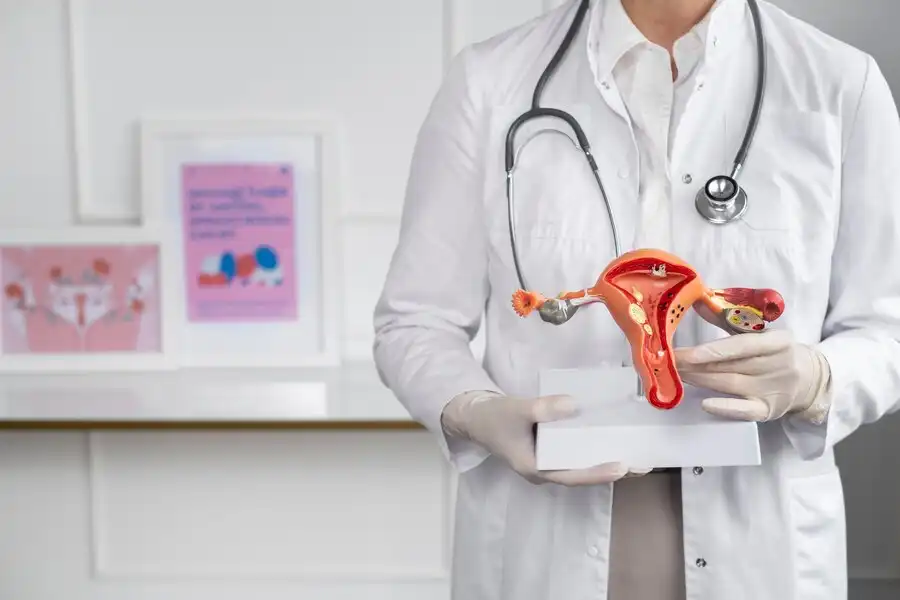
What are haemorrhoids?
Haemorrhoids, commonly known as piles, are swollen veins in the lower rectum and anus. Haemorrhoids look similar to varicose veins and often happen because of excessive strain during your bowel movement or when constipated. Some types of haemorrhoids can cause severe pain, and the individual may need piles treatment.
How common are haemorrhoids?
Around 50% of adults experience piles symptoms by the age of 50. Many people will not notice that they have piles as only 5% who get haemorrhoids display severe symptoms, and less than that need piles treatment.
Who might get haemorrhoids?
While anyone can get symptomatic haemorrhoids and display piles symptoms, some specific individuals are at a higher risk of getting haemorrhoids. This includes:
- Those who are overweight or obese
- Pregnant women
- Individuals with low-fibre diets
- People who have chronic diarrhoea or constipation
- Those who lift heavy objects
- People who spend a lot of time sitting on the toilet
- Individuals who strain while having a bowel movement
What are the types of haemorrhoids?
The type of haemorrhoids you have depends on whether it happens outside or inside the rectum and where the swollen vein is developed. This includes:
- External haemorrhoids: In this type of haemorrhoid the swollen vein forms under the skin around the anus. This type of haemorrhoid is usually excruciating and itchy and may even bleed.
- Internal haemorrhoids: When swollen veins are formed inside your rectum, the part of your digestive system that connects your large intestine to your anus, it is known as internal haemorrhoids. Although internal haemorrhoids can bleed, they are less painful than external ones.
- Prolapsed haemorrhoids: Prolapse occurs when the haemorrhoids stretch and bulge outside the anus. This can happen in internal and external haemorrhoids and may cause pain or bleeding.
- Thrombosed haemorrhoids: Thrombosed haemorrhoids cause itching and pain around your anus. It could even result in bleeding during bowel movement. Your doctor may need to conduct a few tests before ruling out other causes for bloody stool before offering you bleeding piles treatment options.
What is the difference between haemorrhoids and anal fissures?
Although haemorrhoids and anal fissures display similar symptoms, i.e. both can cause pain, bleeding, and itching, the reason behind the diseases is different. Piles are caused by swollen veins around the anus, and anal fissures result from a tear in the lining of the anus.
What causes haemorrhoids?
Straining during bowel movements puts a lot of pressure on the anus or rectum, one of the piles' causes. Any straining that puts pressure on your lower extremities or belly can cause the rectal and anal veins to become inflamed and swollen.
Some of the other causes of haemorrhoids include:
- Pelvic pressure from excessive weight gain is more prominent during pregnancy.
- Constipation
- Straining during weightlifting or picking up a heavy object
What are the symptoms of piles?
Piles' symptoms can differ based on the kind of haemorrhoids you have. Internal haemorrhoids may rarely cause pain and may not even be felt unless they prolapse. Most people don't even know they have internal haemorrhoids unless they see symptoms such as blood on the toilet paper, stool, or the toilet bowl.
External haemorrhoids and piles symptoms include:
- Hard lumps near your anus that feel tender or sore
- Itchy anus
- Pain in your anus, especially when sitting
- Rectal bleeding
Prolapsed haemorrhoids are often uncomfortable and painful because they bulge outside your anus. In most cases, you can feel this bulge and gently push it back inside without needing extra piles treatment. Symptoms of piles in females and males are the same and are common among pregnant women, especially during the third trimester.
What other conditions cause haemorrhoid-type symptoms?
Various gastrointestinal disorders could display symptoms of piles like rectal bleeding. Some of these can even be life-threatening, so you need to speak to your doctor about the signs and understand whether or not you should go ahead with piles treatment.
Bowel diseases that can also cause rectal bleeding include:
- Ulcerative colitis
- Crohn's disease
- Colon cancer
How are haemorrhoids diagnosed?
Most often, a visual examination is enough to diagnose haemorrhoids. However, your doctor may prescribe tests to check for abnormalities within the anus. These could include:
- Digital rectal exams: Your doctor will insert a gloved, lubricated finger in your rectum to feel for swollen veins.
- Anoscopy: Here, an anoscope, i.e. a lighted tube, is used to view the lining of your rectum and anus.
- Sigmoidoscopy: A lighted tube with a camera, also known as a sigmoidoscope, is used to view the inner part of the rectum and colon.
While these procedures are uncomfortable, they are not painful and can be done in your doctor's office without anaesthesia, and you will be allowed to go home the same day.
Your doctor may perform a colonoscopy to confirm his diagnosis and check for any signs of cancer. A colonoscopy usually requires anaesthesia but is still an outpatient procedure.
What are the complications of haemorrhoids?
Complications of haemorrhoids are usually rare, but in some cases, people who have haemorrhoids have developed:
- Anaemia
- Blood clots
- Skin tags
- Infection
- Strangulated haemorrhoids
How can I treat haemorrhoids at home?
You do not need any specific piles treatment as it usually goes away on its own in over a week. Here's how to cure piles at home:
- Apply an over-the-counter piles medicine which contains hydrocortisone, lidocaine, or witch hazel.
- Increase fibre intake in your diet or take supplements to get around 20 to 35 grams of fibre per day.
- Drink enough water
- Take laxatives to soften stool
- Soak in a warm bath for 10 to 20 minutes every day
- Take nonsteroidal anti-inflammatory drugs (NSAIDs) to reduce pain and inflammation
If you prefer toilet paper, use an option containing lotion or flushable wet wipes. Washing your bottom with warm water daily during your bath helps maintain good hygiene practices and reduce the discomfort caused by piles. Avoid the use of soap as it can aggravate the haemorrhoids.
How do healthcare providers treat haemorrhoids?
If the symptoms of piles worsen and start interfering with your daily life you may have to consult your doctor for other treatment options. Piles treatment without surgery can include:
- Rubber band ligation: A small rubber band is placed around the base of a haemorrhoid to cut off its blood supply.
- Electrocoagulation: An electric current helps stop the blood flow to the haemorrhoid.
- Infrared coagulation: A small probe inserted in the rectum transmits heat that removes the haemorrhoid.
- Sclerotherapy: A chemical injected into the swollen vein helps destroy the tissue.
Surgical treatment
- Haemorrhoidectomy: This is the surgery required to remove large external haemorrhoids or internal ones that have prolapsed.
- Haemorrhoid stapling: A stapling instrument helps remove an internal haemorrhoid or pulls a prolapsed internal haemorrhoid back into the anus and keeps it there.
How can I prevent haemorrhoids?
Haemorrhoids develop as you get older, but there are a few simple steps you can take to prevent hard stool and constipation that usually lead to piles.
- Do not sit or push too hard on the toilet
- Do not delay going to the bathroom when you get the urge
- Drink lots of water
- Add high-fibre foods to your diet or take supplements. Women need around 25 grams of fibre in their diet, while men need about 35 grams.
- Staying physically fit and active helps keep the bowels moving.
- Take laxatives and use enemas only when recommended by a doctor
What is the prognosis (outlook) for people who have haemorrhoids?
As most haemorrhoid symptoms improve within a week, it is not usually dangerous; however, in extreme pain or discomfort, a medical procedure or surgery would help the individual live an everyday life.
When should I call the doctor?
Call your doctor if you suspect you have haemorrhoids and are experiencing piles of symptoms such as:
- Chronic diarrhoea or constipation
- Abdominal pain
- Nausea and vomiting
- Severe rectal bleeding and pain
- Fever and chills
Conclusion
Haemorrhoids, or piles, are bulging enlarged veins in and around the rectum and anus. They are standard and usually caused by excess strain on the rectal veins. While piles symptoms typically go away on their own, you can make some diet and lifestyle changes as per your doctor. You might need to carry out a test to confirm the diagnosis in the case of prolonged bleeding. Many diagnostic centres like Metropolis Labs offer sample collection for diagnostic tests at home. Check out the entire list of tests they offer.








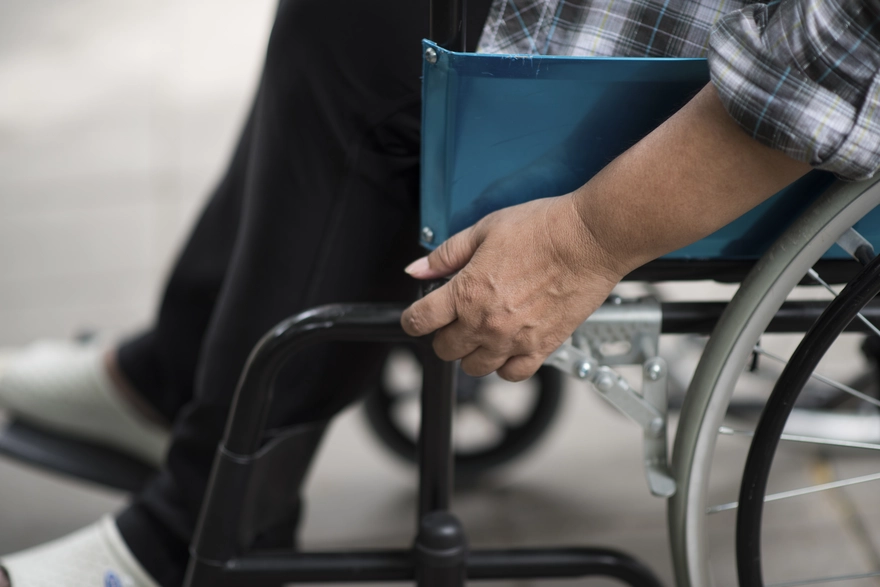

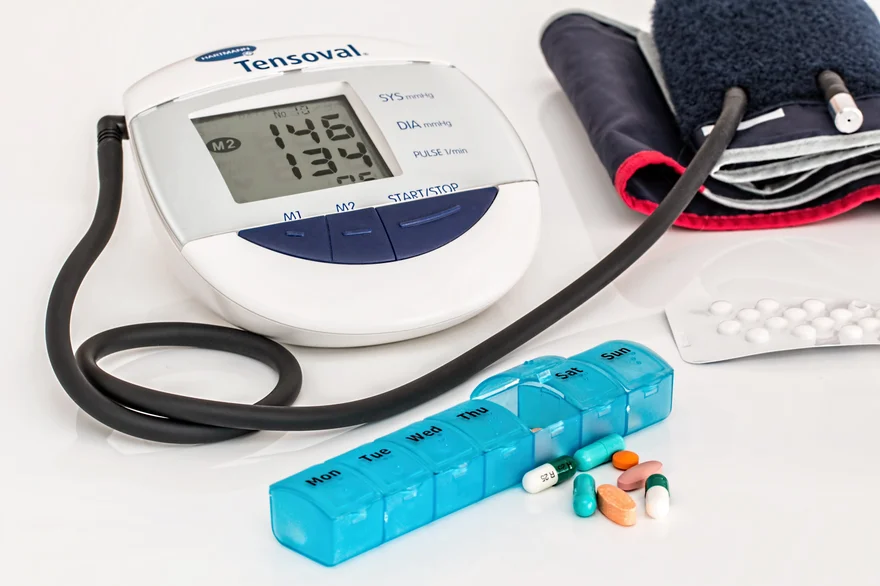
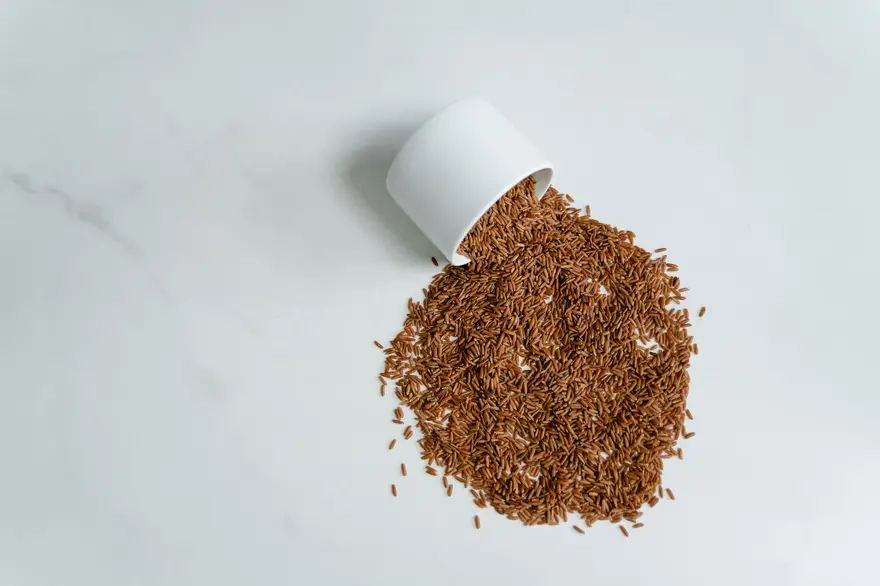
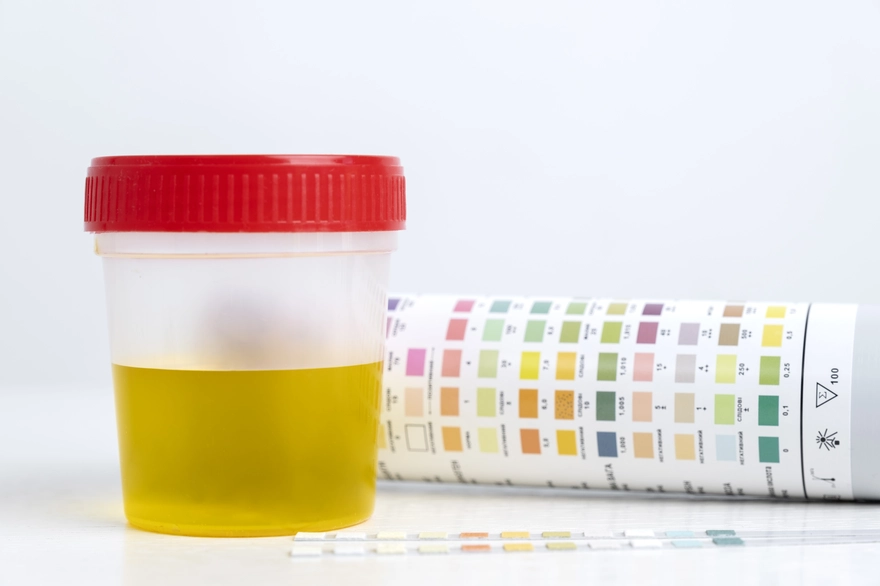










 WhatsApp
WhatsApp